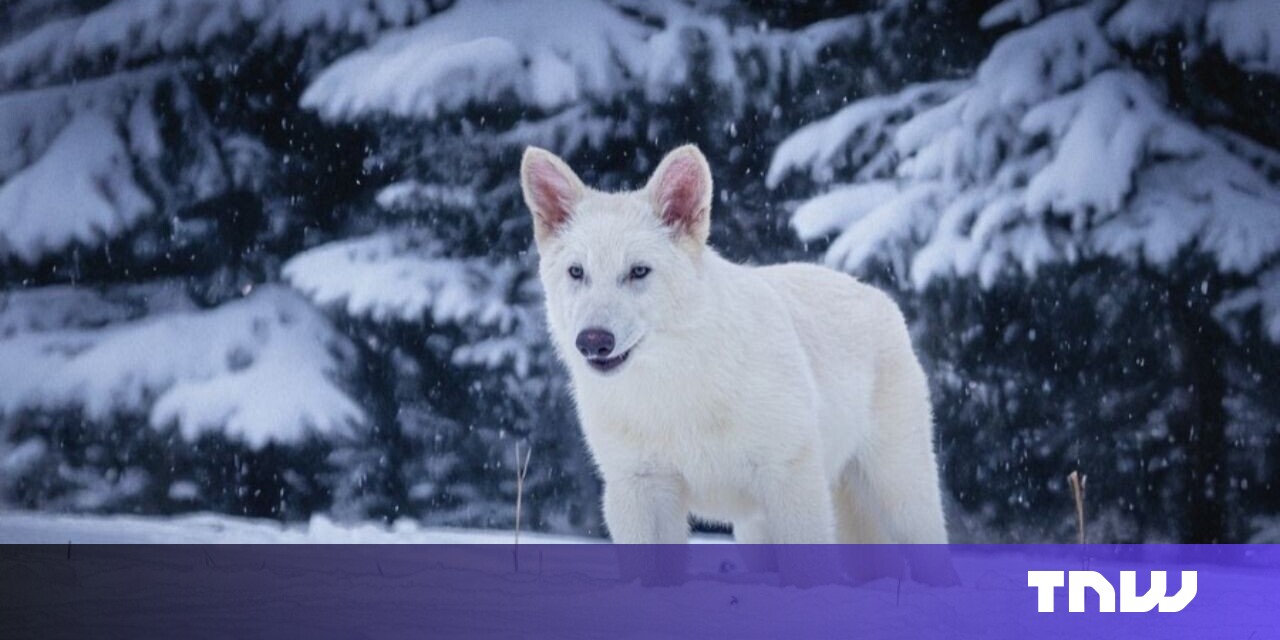US Biotech Firm Colossal Biosciences Claims to Resurrect Dire Wolf: A Closer Look

In a remarkable yet contentious announcement, Colossal Biosciences, a US-based biotech startup, has made headlines by claiming to have resurrected the dire wolf. However, as the company promotes its achievement, many experts caution that the reality is far more complex than the sensationalized reports circulating online.
Social media platforms are currently inundated with viral videos, whimsical memes, and images showcasing adorable fluffy white puppies. The buzz around these creatures has inevitably led to numerous references to the famed dire wolves from the television series Game of Thrones. Even Time magazine has featured this narrative on its latest cover, further amplifying the buzz.
Yet beneath this wave of excitement lies a troubling phenomenon described by critics as a dangerous delusion surrounding de-extinction. Many conservationists fear that the hype generated by Colossal's claims could divert attention from practical solutions to the pressing biodiversity crisis. Alarmingly, the Trump administration is reportedly seizing upon Colossals assertions as justification to roll back protections for endangered species.
To clarify, Colossal's claims of having brought back the dire wolf are misleading. The company utilized DNA extracted from ancient dire wolf remains and edited a few genes from that DNA into the genomes of modern grey wolves to create what they describe as resurrected versions. These creations exhibit larger bodies, broader skulls, and specific coat colors reminiscent of their ancient counterparts. While this process showcases impressive technological capabilities, the outcome is essentially a series of mutations rather than a true resurrection of a long-extinct species.
Colossal's assertion that it has successfully restored a once-eradicated species through the science of de-extinction is also met with skepticism. This claim has been categorically disputed by scientists. As Jacquelyn Gill, a paleoecologist at the University of Maine, pointed out in a recent post on the social media platform Bluesky, To see this work being done with such a casual disregard not only for the truth but for life itself is genuinely abhorrent to me.
Despite the pushback, Colossal continues to forge ahead with its ambitious projects. Just last month, the company announced the creation of a genetically engineered woolly mouse, a rodent designed to possess fur that mimics that of the long-gone mammoth. Looking ahead, Colossal has set its sights on resurrecting other extinct species, including the dodo bird, the Tasmanian tiger, and the iconic mammoth.
Proponents of Colossal argue that these projects serve as essential proof-of-concept demonstrations for de-extinction technologies, potentially paving the way for future efforts to restore lost species and rebalance ecosystems. The firm stands at the forefront of a burgeoning de-extinction movement in the United States, which includes alliances with other organizations like Revive & Restore and Re:Wild.
In stark contrast, European initiatives have largely concentrated on rewilding existing species, such as bison, wolves, and beavers, in areas where they were historically hunted to extinction.
While the genetically engineered dire wolves capture public attention, it is crucial to remember that the real, extant Iberian wolf is an endangered species. Credit for this goes to Animal Record/Creative Commons.
Meanwhile, a new generation of biodiversity-focused startups is working diligently to restore nature through more sensible approaches. For example, Stream Ocean, based in Switzerland, has developed innovative facial recognition technology for fish, enabling scientists to monitor fish populations effectively. In Germany, Soilytix is advancing soil health tracking through the analysis of environmental DNA, while the UK startup Pivotal Earth connects corporate funding to established conservation projects.
This is where technology can significantly contribute to biodiversity restoration, rather than through what some have termed Frankensteinian conservation efforts. Such misguided strategies not only overhype the possibilities but also distract from proven conservation measures.
Colossal's messaging implies that extinction is a reversible process, which is fundamentally inaccurate. As the public continues to be enchanted by images of these cute mutant dire wolves on Instagram, the stark reality is that biodiversity loss is accelerating at an alarming rate. Currently, one million known species are under threat of extinction, with extinction rates soaring to levels now estimated to be up to 1,000 times higher than during pre-human eras.
It is imperative that we mobilize resources to protect the species that still exist, such as the Iberian wolf. Once a common sight across its range, this canid is now limited to the rugged mountainous regions of Portugal and Spain, with only approximately 2,200 individuals remaining in the wild.
Ultimately, humanity's primary focus should be on safeguarding the biodiversity we still possess while simultaneously restoring what has been damaged. Instead of attempting to play God with creatures long lost to time, our efforts and resources should be directed towards protecting and preserving the endangered species that exist today.


























